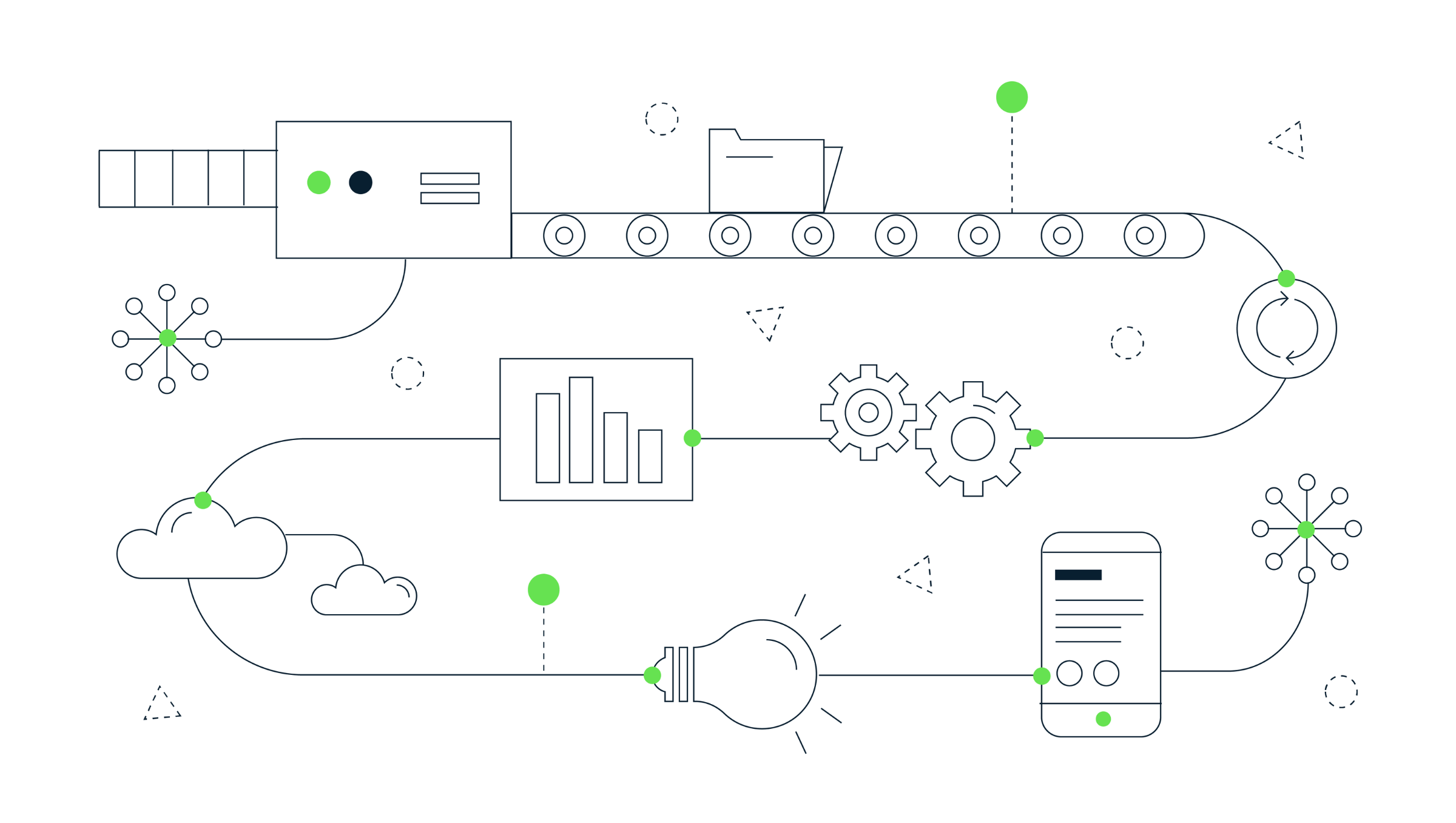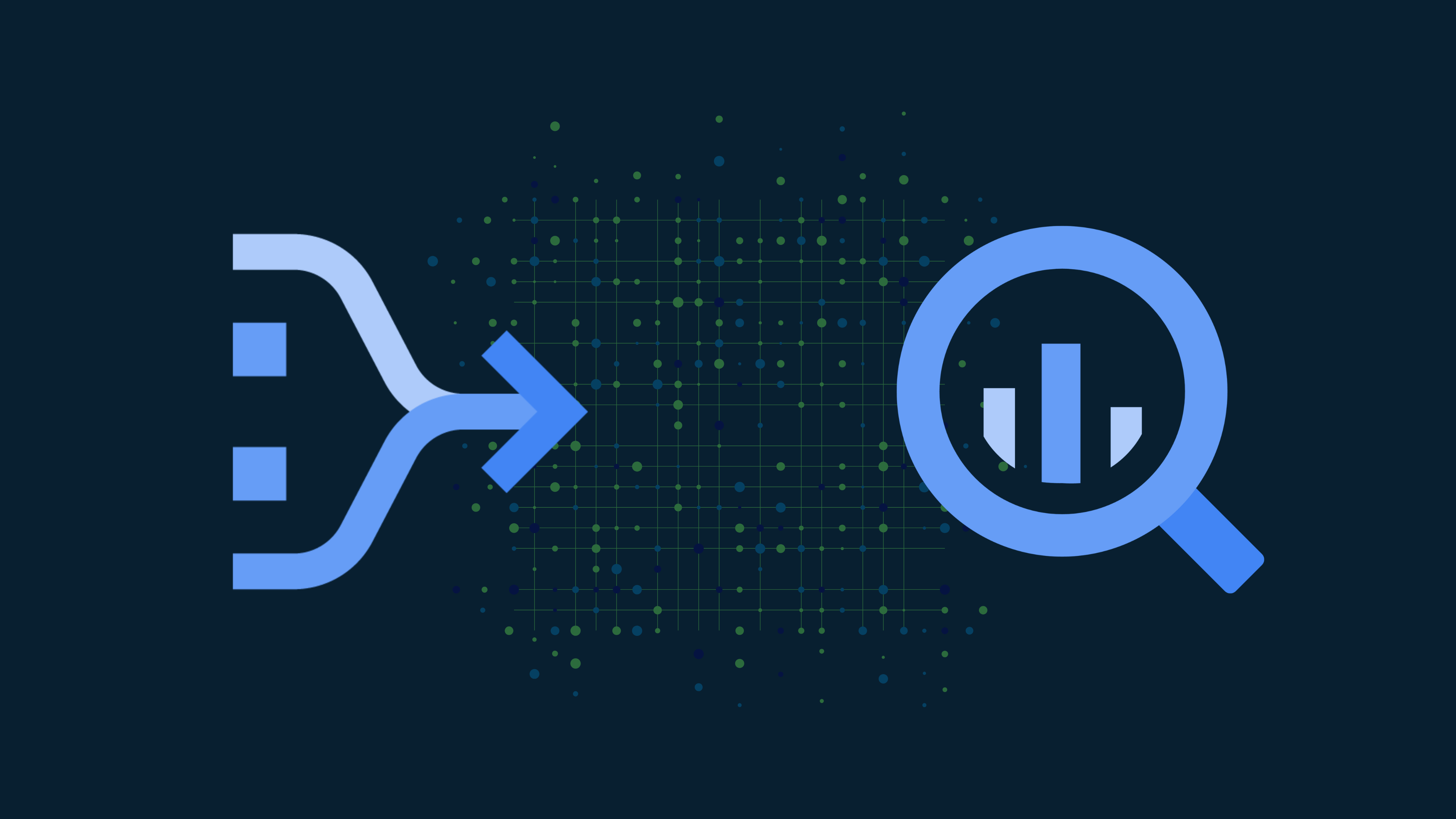Measured Opinions #7: The GA4 PIVOT framework

This week Dan and Dara discuss the PIVOT framework they’ve been working on to help people ‘pivot’ to GA4. Clever, very clever…
PIVOT stands for Plan, Implement, Validate, Onboard, Transform. See our blog for more details and a downloadable PDF over at https://bit.ly/2Var06w.
Check out the Brighton Data Forum meet up at https://bit.ly/3kUfeWT.
In other news, Dan get’s his second jab and Dara goes to a gig!
Leave a rating and review in the places one leaves ratings and reviews, or suggest a new topic by emailing Dan and Dara at hello@measurelab.co.uk.
Transcript
[00:00:17] Dara: hello, and thanks for joining us in the measure, pods, a podcast for analytics enthusiasts, where we try and make sense of some hot and difficult topics in the analytics industry. And ideally have a little bit of fun along the way. I’m Dara MD here at measure lab. I’m joined as always by Measurelab’s longest serving Analytics Consultant, Dan.
[00:00:38] Dan: Hey Dara.
[00:00:38] Dara: Hey Dan, how’s it going? What have you been up to this last week?
[00:00:41] Dan: Yeah, not bad thank you. This last week, one of the things I was looking at was trying to figure a way of automating the GA4 tag implementation, using Google Sheets and the Admin APIs. And all that kind of fun stuff like that, really trying to figure out an efficient way of taking a Universal implementation and making that a GA4 implementation with very little repetition and copy paste work. How are you doing? What have you been up to this week?
[00:01:08] Dara: Yeah I’m pretty good thanks. So I’ve attended a couple of goods, don’t know whether to call them meetups or webinars. One used to be an in real life meet up, but is currently only virtual meetup, which is for the Brighton Data Forum. That was about creating diverse and inclusive data teams, which is really interesting. And I also saw an interesting webinar last week by the Happy Startup School, and that was about designing learning journeys. Both really interesting and both online, but hopefully some of these things are going to start to happen in real life again soon.
[00:01:41] Dan: Yeah absolutely, I can’t wait for these meetups to go back IRL. It’s a good excuse to go out and hang out with some people you don’t normally get to see as well as maybe having a drink or two.
[00:01:51] Dara: All right then Dan, what are we going to talk about this week?
[00:01:53] Dan: So this week, we’re going to talk through a framework that we’ve been developing over the last couple of months to get people parallel tracked with GA4. We’ve done it a number of times now, and we’ve been tweaking and polishing this framework that we’ve been developing. Basically everything has to be pithy and fun so we’ve boiled it down to an acronym. This is the PIVOT framework, PIVOT. And that stands for plan, implement, validate, onboarding, transformation.
[00:02:19] Dara: Okay, so it’s a framework to help people pivot to GA4.
[00:02:25] Dan: Yeah, yeah. It’s our pivot to GA4 framework. You’ve got it.
[00:02:30] Dara: Right, let’s dive strait in.
[00:02:32] Dan: Yeah great. So starting with P for the plan, what we’re really looking for here is to identify and write down somewhere the existing implementation you have with Universal Analytics. Really scrutinize what you’ve got, whether you need it, what should be pulled across into a new instance of Google Analytics, and align to the GA4’s new taxonomies. So what I mean by that is that we’ve spoken about this a couple of times before I believe on the podcast, but because this is a good opportunity for a clean slate or fresh start, you don’t have to copy paste everything you’ve got in Universal across the GA4. So it’s a good opportunity to review what is really important to our business in Google Analytics. And then is it a good opportunity to take those events that you want to pull across and then say, is there a better way of naming these? Can I utilize some of the parameter functionality outside of the event of category action label, the Universal Analytics has. So the biggest risk really when it comes to this first step is just not doing it at all. Diving right in on the implementation can sometimes backfire, and it can be a bit of a costly mistake, especially if you’re working with developers or third parties or agencies that are working with you to do this. So rather than jump straight in and then maybe having to backtrack out the first step is really important, this planning step. And again, the biggest risk is just not doing it.
[00:03:52] Dara: Thanks Dan. So to summarize, as we’ve mentioned on this show before GA4 is new technology, it’s not a lift and shift from Universal Analytics. So that presents an opportunity to actually review the existing implementation, review the existing measurement framework and make sure that the analytics in place is actually fit for purpose for the KPIs for the business. And that’s across both app and web. So I think our top tip for this step in the PIVOT framework would be to use GA4 as an opportunity to regroup with stakeholders, to review the existing implementation and ensure that the tracking in place is tracking what’s needed and not more than that.
[00:04:40] Dan: Exactly, and so making sure we’re not tracking more than that at this stage is really important to make sure we don’t bite off more than we can chew. That actually takes us quite nicely into the next part of the framework, which is the I for implement. As you can probably imagine, this is all around the implementation of GA4 on your websites and your apps. The focus here is around ensuring that the GA4 property is configured, it’s got the data streams correctly set up and enabled connected to your Firebase project if you’re working with apps or implemented on your website through a container if you’re using a tag management tool. And all of our events are also implemented. Out of the box Google Analytics 4 has Enhanced Measurement events that collect some events automatically, but you probably have a bunch of other custom events that you will need to implement as well. Especially e-commerce businesses, so things like purchases and revenue. The thing to watch out for at this step is stalling, it’s about momentum. Once you’ve done a plan from the first step, just go for it. Start implementing it. It doesn’t take an awful lot of effort on websites to implement that configuration tag, to go forward and start collecting data, and then work on those additional event tags as we go. There’s often a delay at this step, as we’re kind of hesitant to hit that button, push it live or deploy. Remember anything we do here doesn’t affect anything you’ve got set up in universal analytics. And we can always delete the data if we don’t want to keep it, or if we made a mistake or even just dump the whole property and start again.
[00:06:08] Dara: Okay. So for the implement step, it’s about deciding the best implementation approach for you based on your plan. But making sure that you’re taking advantage of GA4’s recommended event taxonomy so that you can benefit from current and future features. And our top tip for the implement step will be to actually break the implementation down into phases, determined by each event type. So in other words, you might have your Enhanced Measurement events in phase one, then you might move to the recommended events and then onto your own custom events finally.
[00:06:44] Dan: The middle step V is all about validation, is to validate what we’ve now just implemented from the plan. Confirming that what we’ve implemented in GA4 matches our source of truth systems. Especially when it comes to online conversions. So if I sell online, I want to know that the number of conversions and the amount of revenue I’m tracking in Google Analytics 4 is correct right, or within an accepted variance. Understanding the differences between Universal Analytics and GA4 is going to be key at this point as well. Because they’re two different systems, they’re completely different from the ground up, there’s going to be differences between some of the numbers even if they happen to be called the same thing. Especially when it comes to things like sessions and users that have slightly different definitions in Universal Analytics and GA4. The biggest risk at this point is just not fully understanding GA4 and the differences that it has between things like Universal Analytics, and your back-end systems. If we’re assuming that it’s working correctly and it’s not, it could cause some issues or delays down the line when we start utilizing this data. and again, prevents a backtracking back to this step later on. A bit of upfront effort potentially to save us that time down the line if we hit a road block.
[00:07:56] Dara: So, to summarize this step, it’s all about running GA4 in parallel with your current analytics platform. And the reason for this is to validate and cross compare the data that you’re collecting to make sure you’ve got a good understanding of the differences and that you’re happy with that implementation before it becomes your single source of truth. Our top tip for the validate step would be to spend the time to understand the differences, because the metrics will differ between for example, Universal Analytics and GA4 or any other analytics platform. So the better you understand those differences, the better you’ll be able to explain them to other stakeholders in the business and avoid any nasty surprises.
[00:08:39] Dan: The next that is O for onboarding, and this is onboarding the product within the team. This involves thinking about training and upskilling the wider team members outside of the people that have been involved in this implementation so far. And educating them on the differences between Universal Analytics, a tool that a lot of people are very familiar with, and what is now being reported on in GA4. Hopefully at this point we would have a validated the data and we’ve accepted the variance as something that is within an acceptable bound. So explaining why they’re different and why that’s okay is going to be key. And also onboarding in the sense of using the functionality of GA4 not just the data, but also the functionality like utilizing the conversion exports into platforms like Google ads or the audience sharing functionality to look at re-targeting lists. So onboarding in a kind of broader sense of onboarding the tool within the organization, education, and up-skilling around using the product. But also wider than that and saying, how do we onboard this new product in our marketing campaigns as a eventual replacement or in parallel with Universal Analytics.
[00:09:50] Dara: Yeah, so this step is all about upscaling, educating your colleagues and the wider business around the benefits of GA4 and how GA4 works, the differences versus Universal Analytics and some of the new metrics that exist. And also keeping colleagues up to date on any changes because GA4 is still being developed. So it’s keeping people up to speed with the changing technology as well. Our top tip for the onboarding step would be to really focus on upscaling each stakeholder. Although you may have been using GA4 for awhile, there’s a chance your colleagues won’t have been, it’s going to be brand new to them. And they may still be very used to using Universal Analytics so there’s going to be a transition period to get up to speed with the nuances of GA4.
[00:10:34] Dan: So coming to the last step of the framework T for transformation, is really about moving the reports or data tables you might have in your data warehouse and pointing that to the Google Analytics 4 data that might have historically been from Universal Analytics, and then syncing that data back into Google Analytics 4. So there are features available in GA4 to import data or collect data, not from a website or app. And these are things, especially when you think about B2B companies that might have offline conversions or offline actions, they need to import back into GA4 for reporting and optimization purposes. At this point we’ll probably start to think that GA4 will be the source of truth for all web and app data. And something we’ve probably mentioned a hundred times over the course of these podcasts Dara, is connecting GA4 to BigQuery. So now that we have that connector, especially at that free tier, we can now start utilizing that raw data to be able to answer more questions. And so having that at our fingertips now is enabling not just joining of that data to extra data sources, but creating your own models to apply on top of that. So the risk here is just insufficient planning of all these data sources. so not thinking it necessarily fully through can lead to broken reports, dashboards, tables. It’s one of those things that could catch us out down the line again, so ensure we’re planning this, we’re considering all reports and dashboards, all dependencies, as well as identifying and capitalizing on the new features that GA4 allows us, specifically around the BigQuery export.
[00:12:07] Dara: Yeah, so this transformation step happens when the businesses is ready to switch to GA4 as the source of truth. And all reporting data sources, data tables are moved to the GA4 properties and data streams. Our top tip for the transformation step really would be to a little bit like with the with the data collection, a chance to look at the existing reporting and actually make it more concise, strip it back if there’s an opportunity to do that. So it can present an opportunity to streamline reporting and make sure that the reporting you have in place is providing the data that’s needed to the right people at the right time, in the easiest way. So I think that was a pretty detailed overview of our PIVOT framework for our transitioning to GA4. We’re going to back this up with a blog, which may actually be live on the site by the time we release this episode. If not, it will be coming soon. And that’s going to give more detail on PIVOT, and how you can use it for your business, with a downloadable template to go alongside it. And we’d obviously welcome feedback on it as well if anybody has any thoughts.
[00:13:18] Dan: Yeah, exactly. This is v1.0 of a framework that we’ve been developing and we want to share it with everyone and see if we can get a better version collectively.
[00:13:26] Dara: So when you’re not helping people pivot to GA4 Dan, what have you been doing in your free time to wind down?
[00:13:32] Dan: It’s all about the pivot. I got my second jab today and I wouldn’t call it a wind down. But from what I’ve understood from other people, I’m just waiting for that sore head and the inevitable 14 hour sleep that I’ll be having tonight.
[00:13:45] Dara: I mean a 14 hour sleep is probably about the best possible wind down you could have.
[00:13:50] Dan: Well it depends how rubbish I’m feeling. So I’ll probably wake up feeling like only slept for half an hour. So Dara, what have you been doing to get out of this analytics world this week?
[00:14:00] Dara: So I’ve gradually been getting back to doing, quote unquote normal things again, that I haven’t had a chance to do during the various lockdowns that we’ve had. So I actually went to the first gig that I’ve been to in probably 18 months or two years. So seeing some live music, which was amazing, it’s amazing how much we take these things for granted when we can do them. And then when they’re taken away from us, it really changes things. So it was great to go and see some live music, have a drink and yeah, have a good night out.
Okay, I think that’s a wrap for this week. So as always, you can find out more about us over at measurelab.co.uk. You can get in touch via email at hello@measurelab.co.uk, or you can find us on LinkedIn and ask us any questions or even if you want to suggest our next topic. Otherwise, join us next time for more analytics chit-chat. I’ve been Dara joined by Dan. So it’s by for me. See you next time.
Daniel Perry-Reed
Subscribe to our newsletter:
Further reading

Easy ways to prepare your BigQuery warehouse for AI

Data pipeline optimisation with Google Cloud and Dataform
